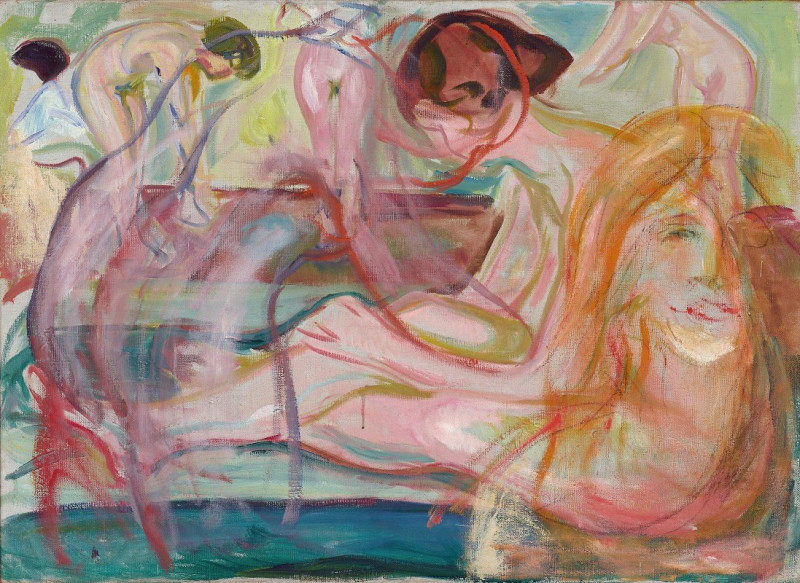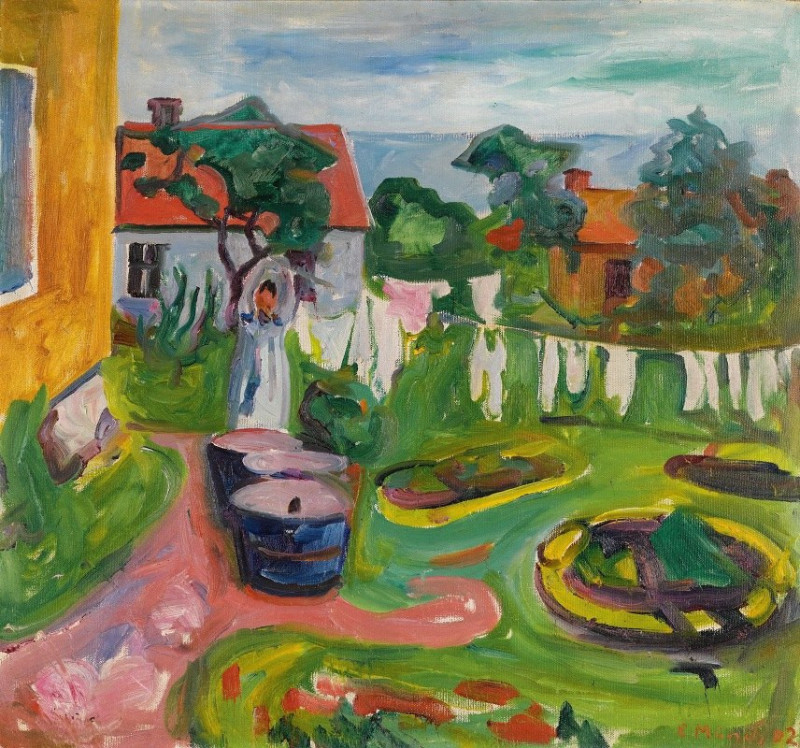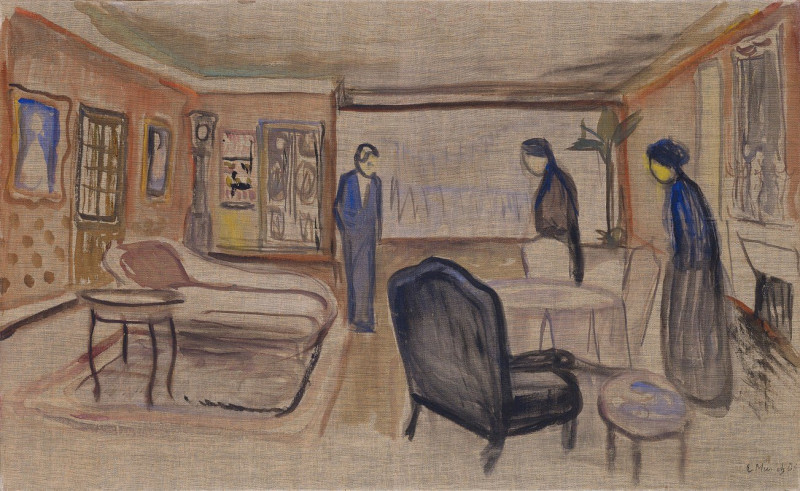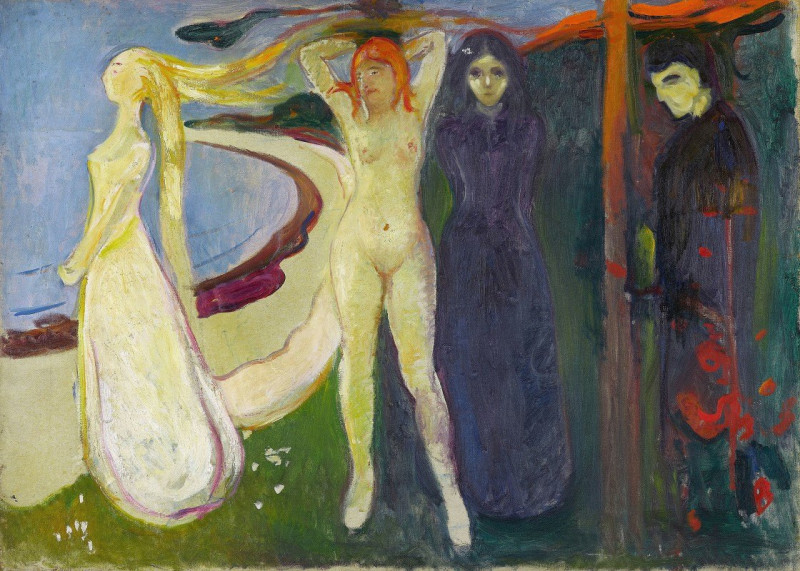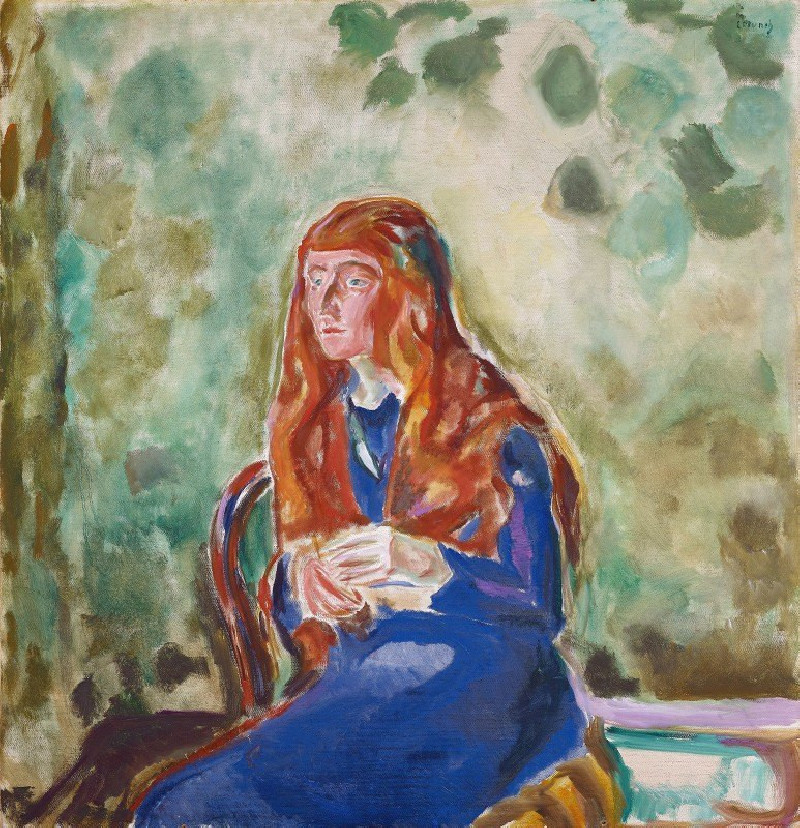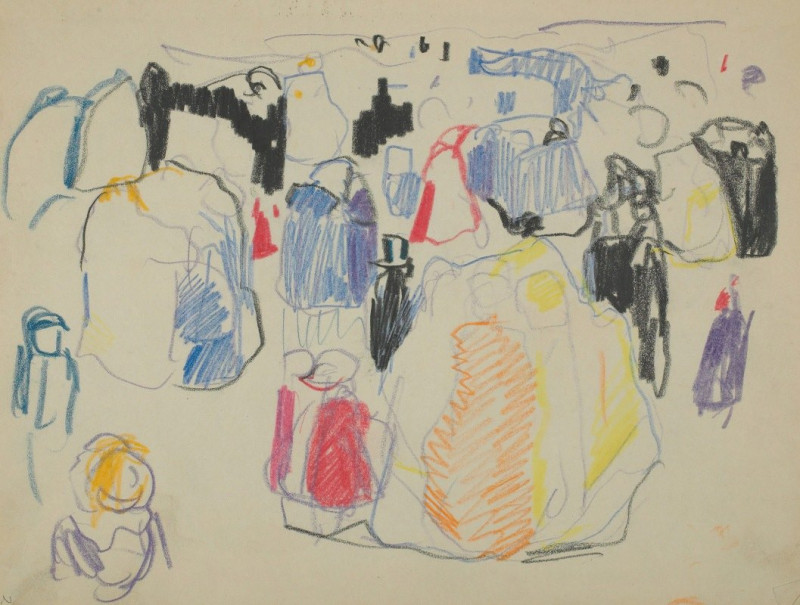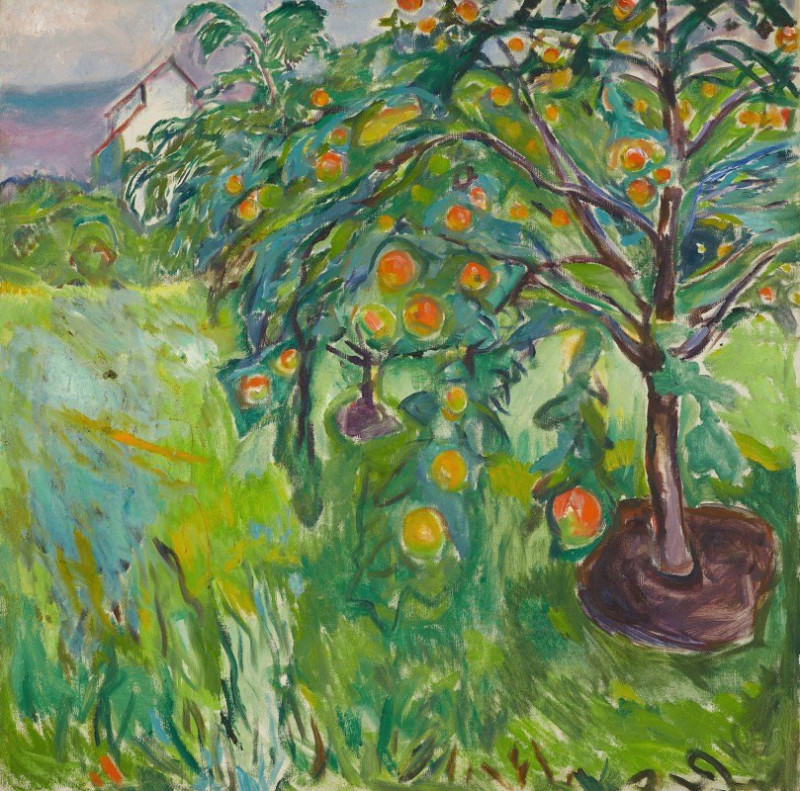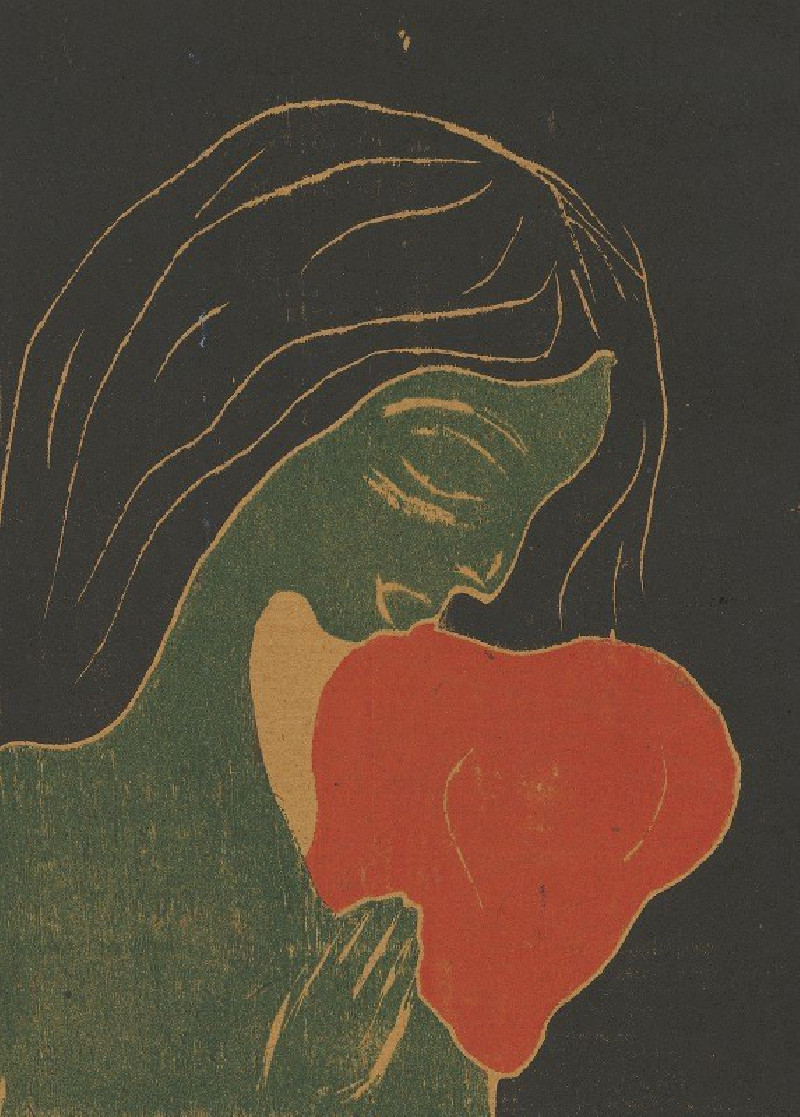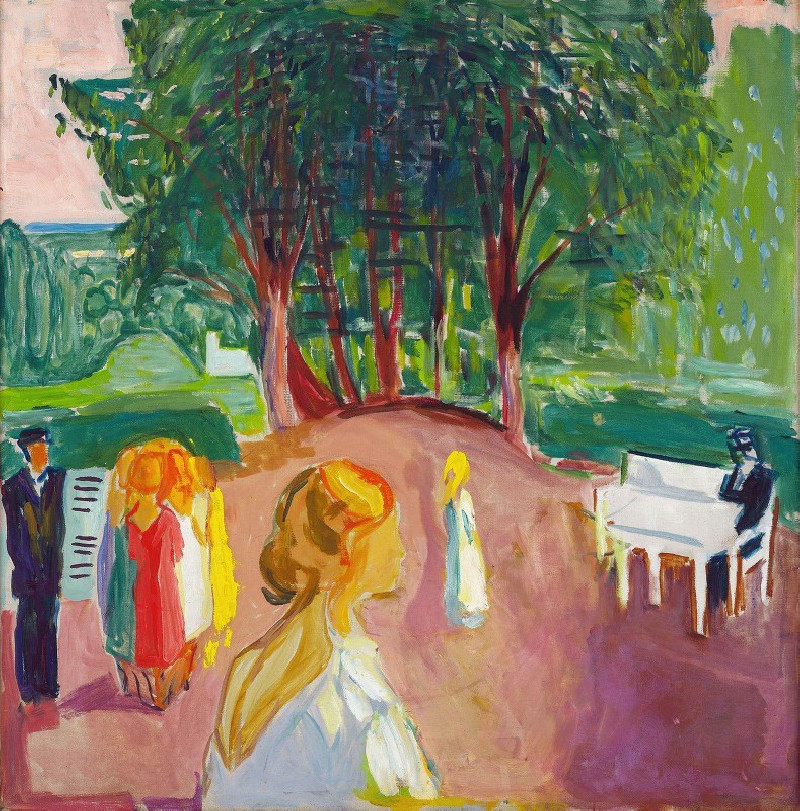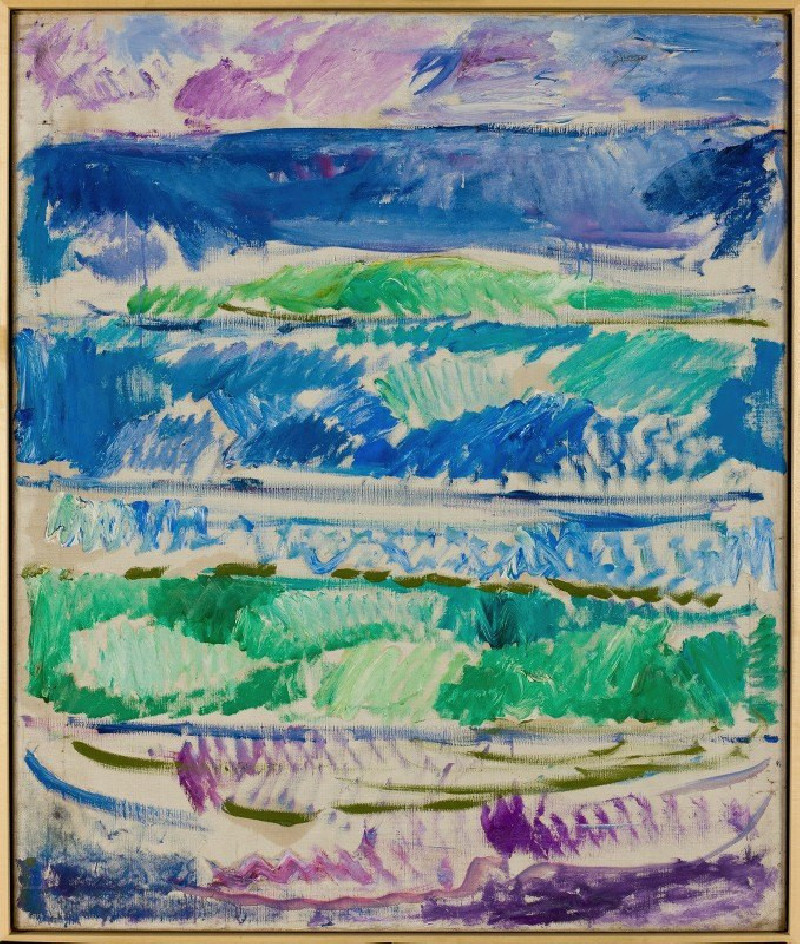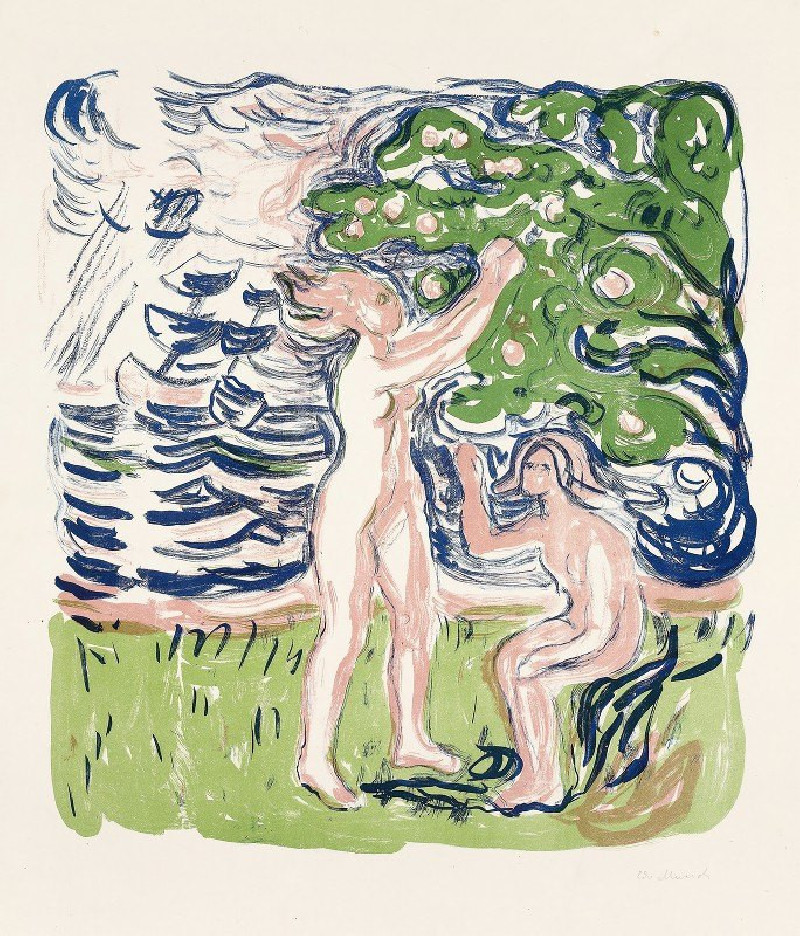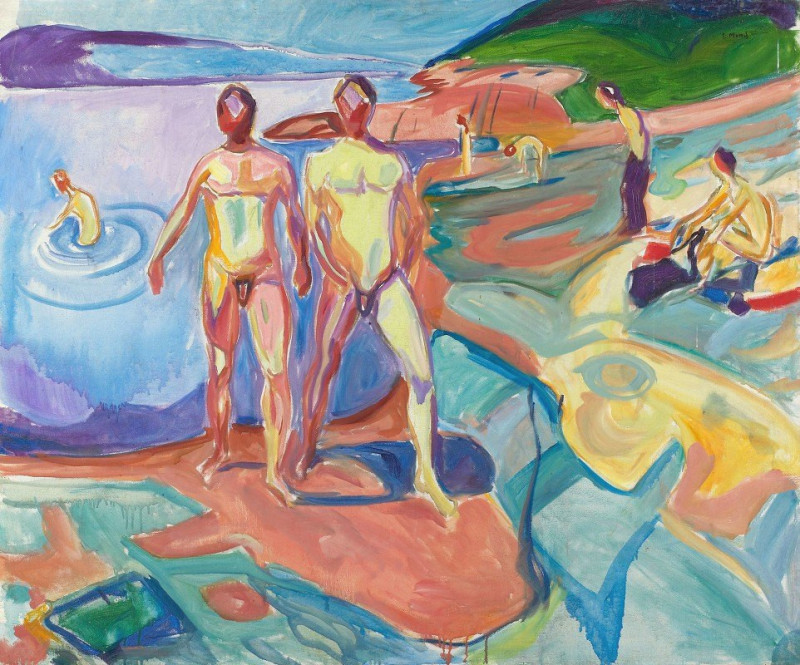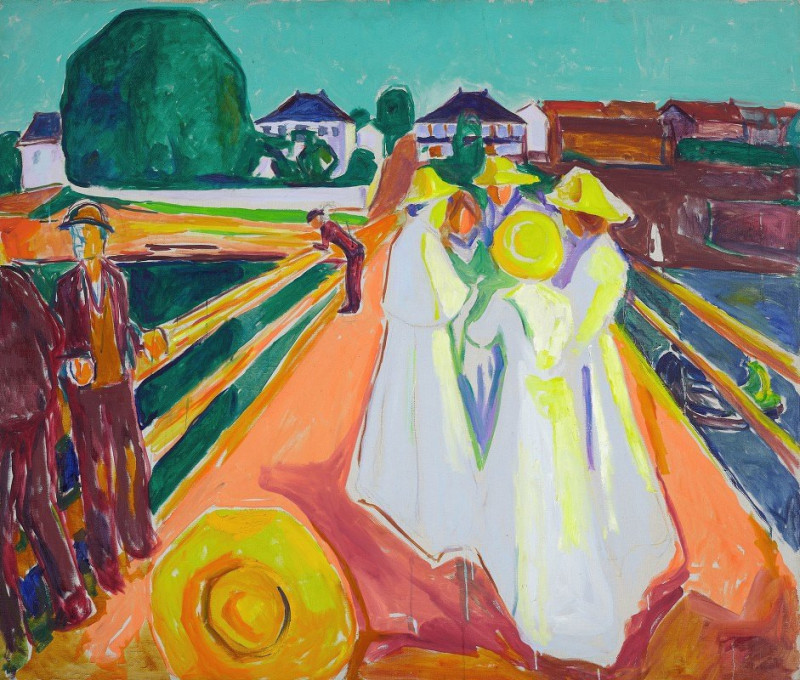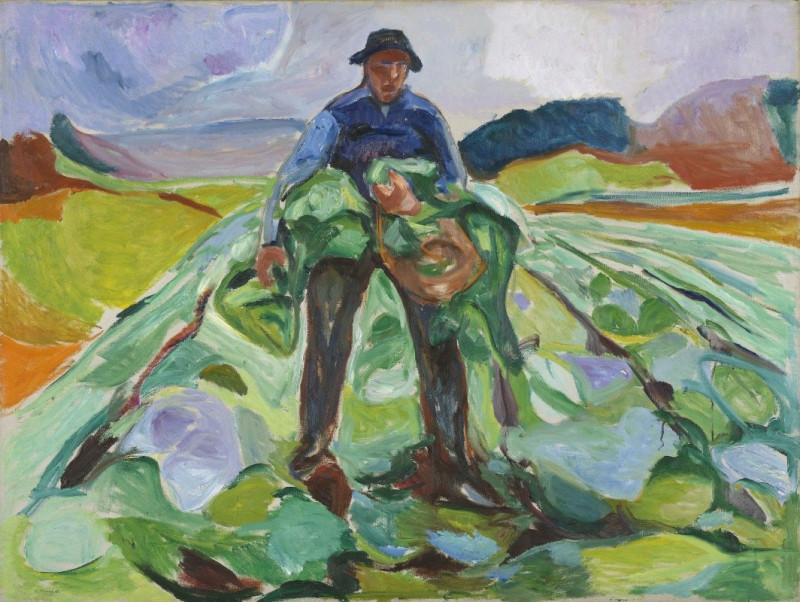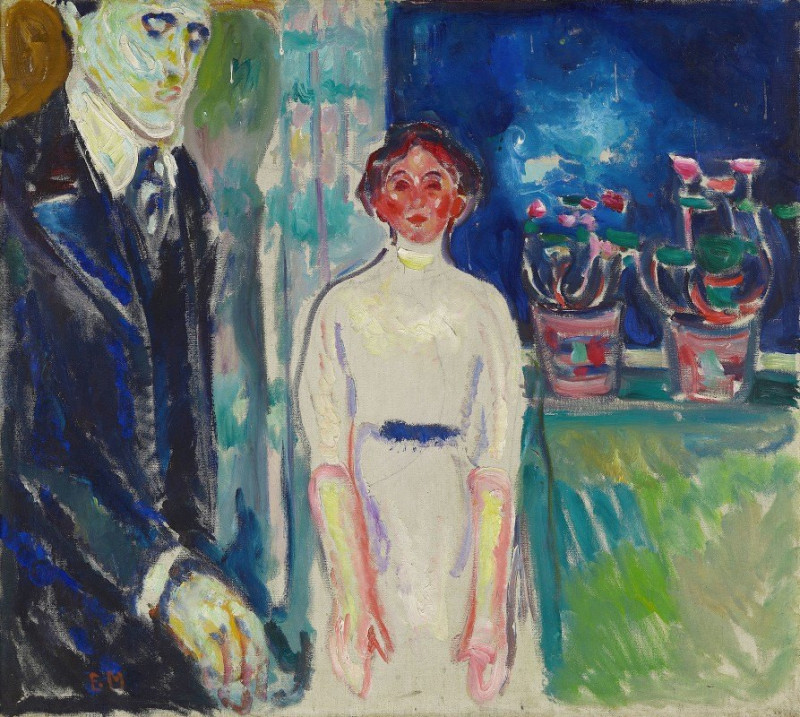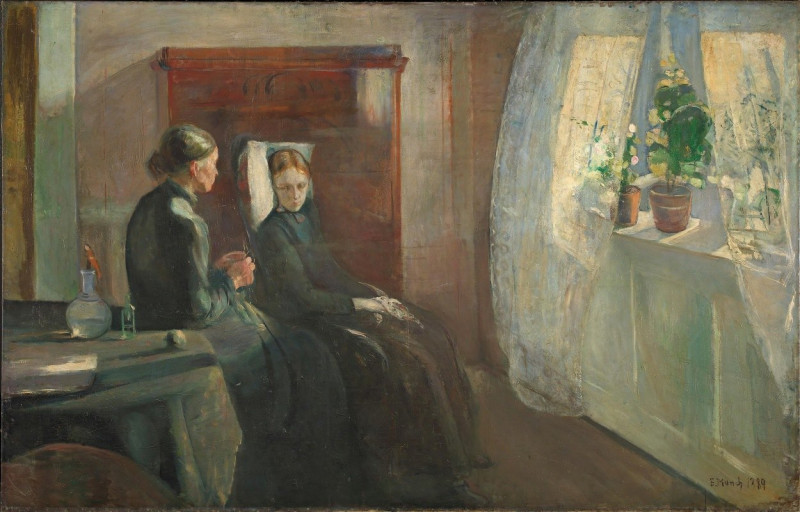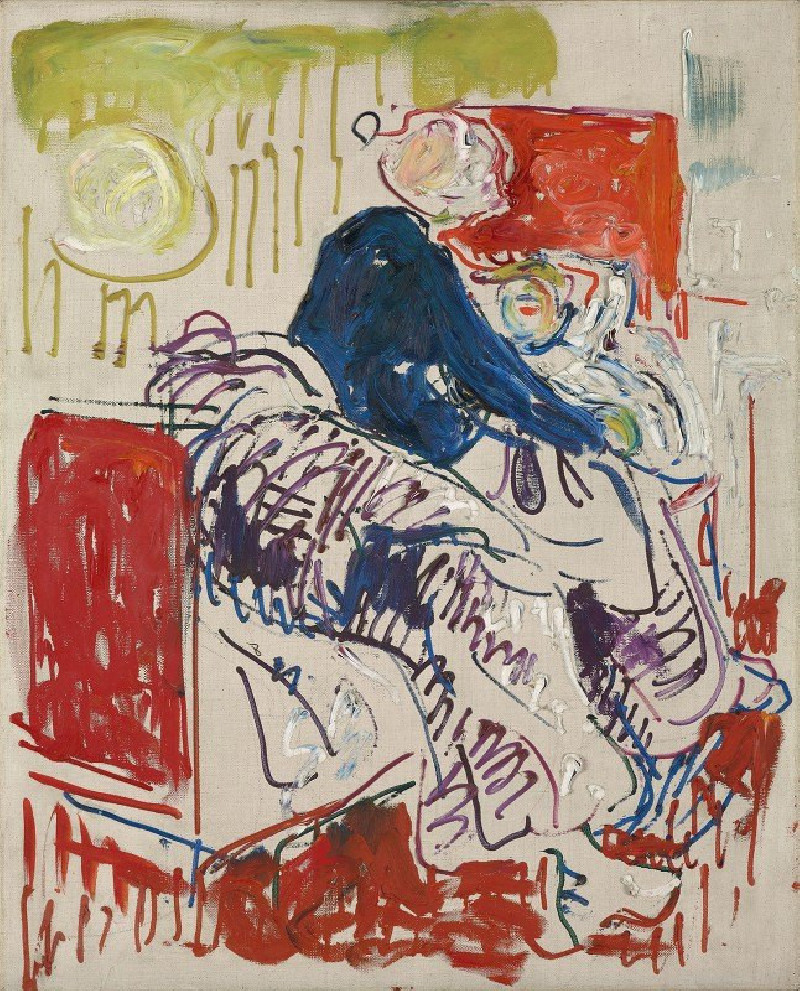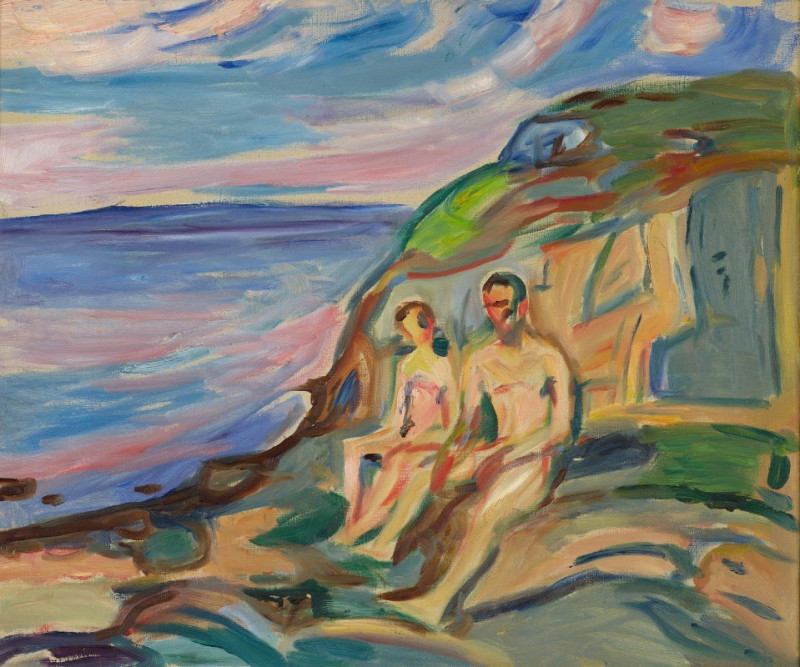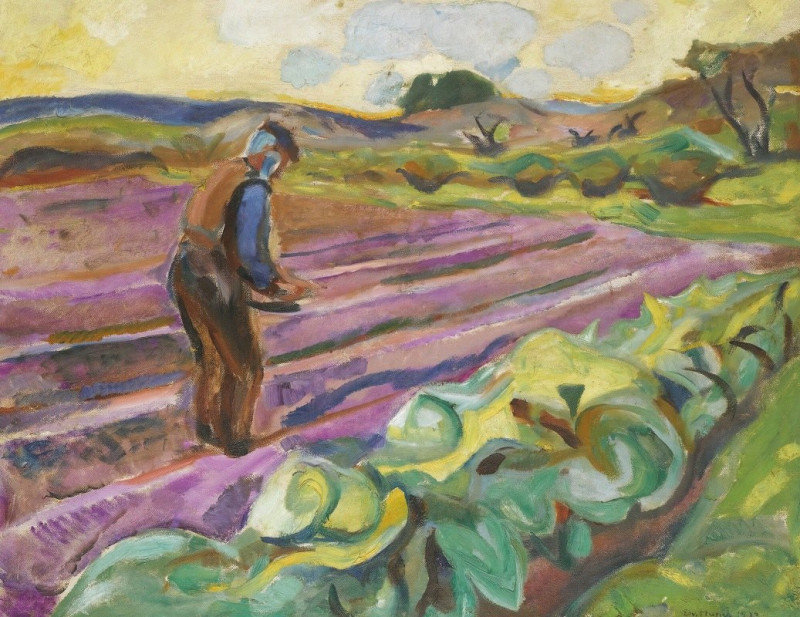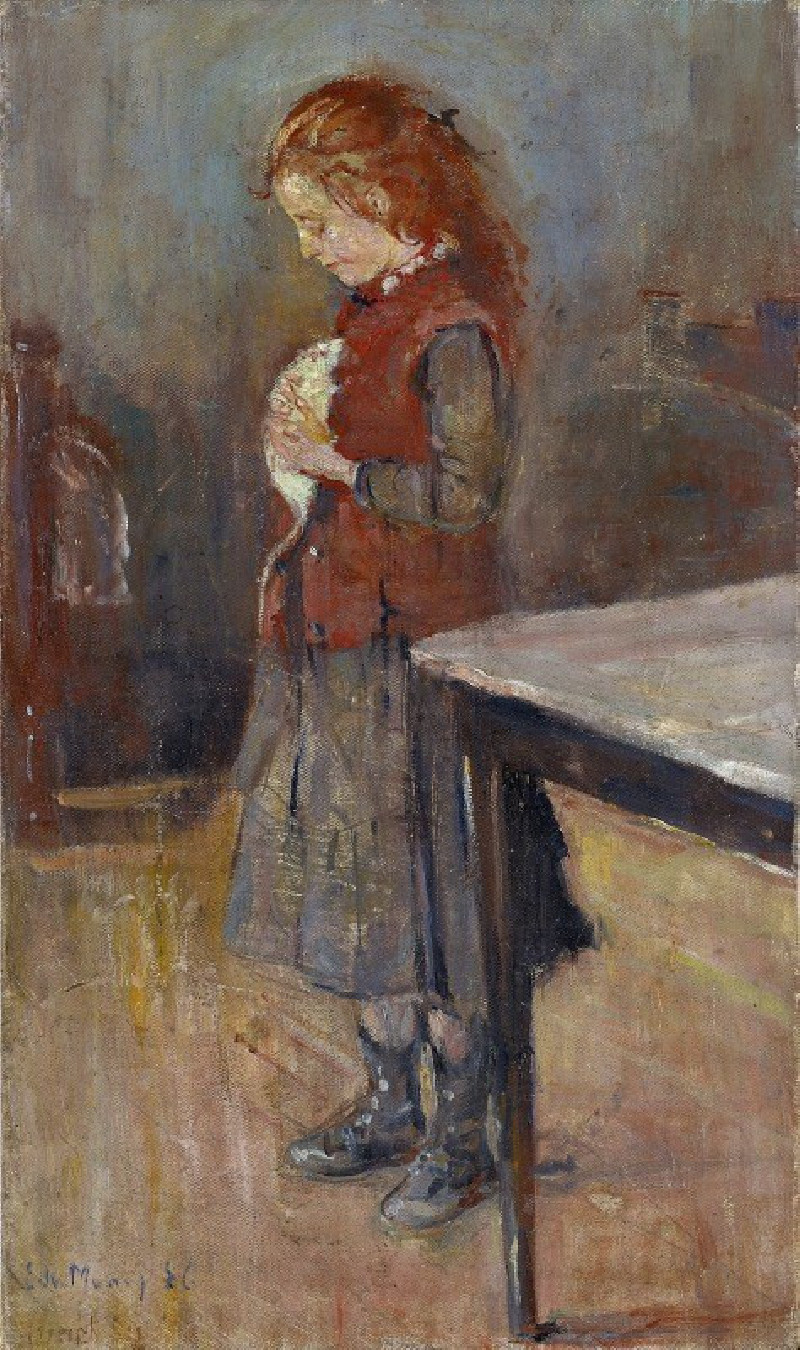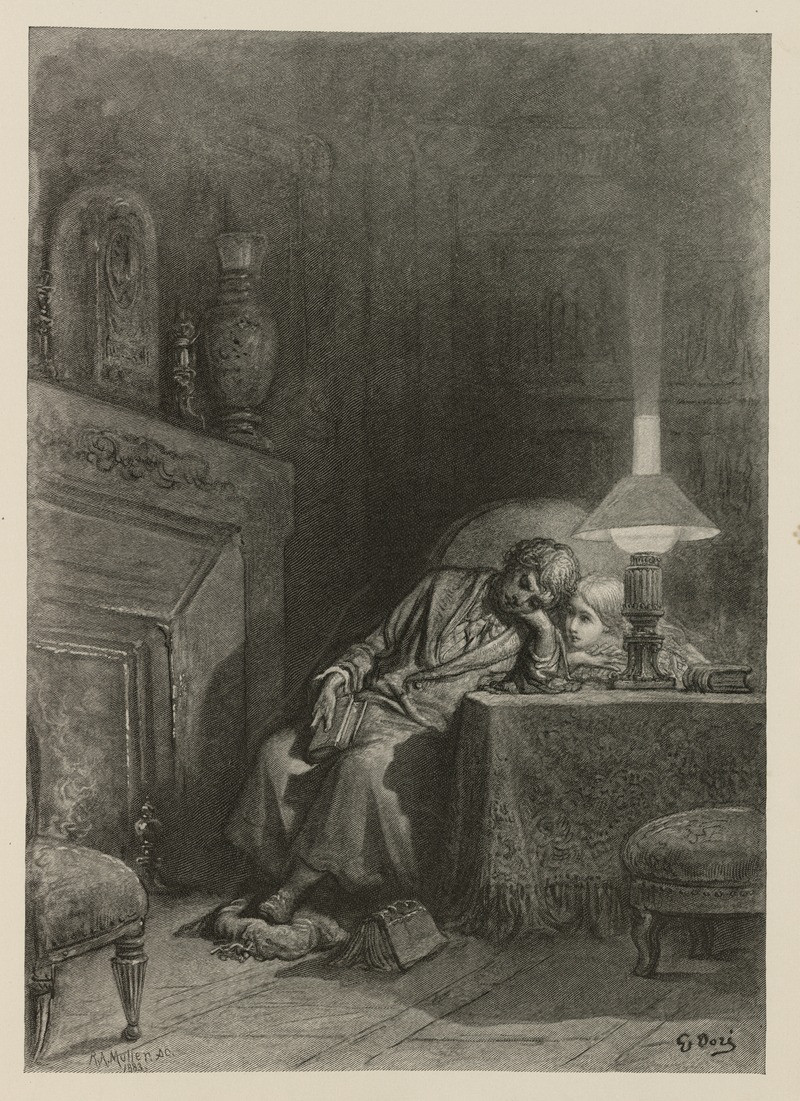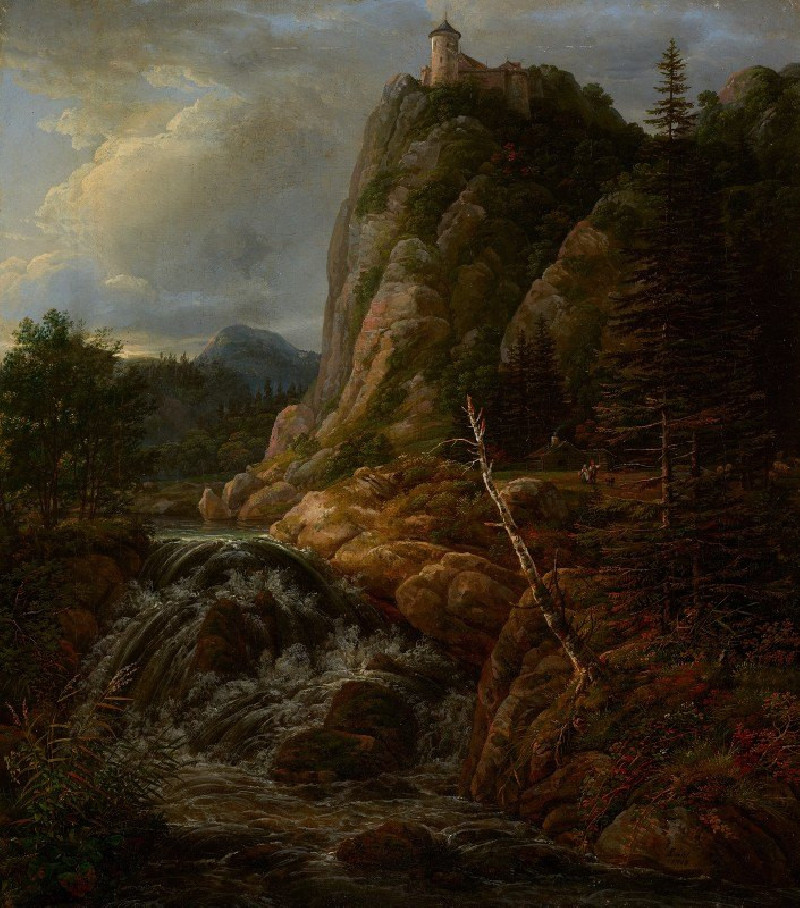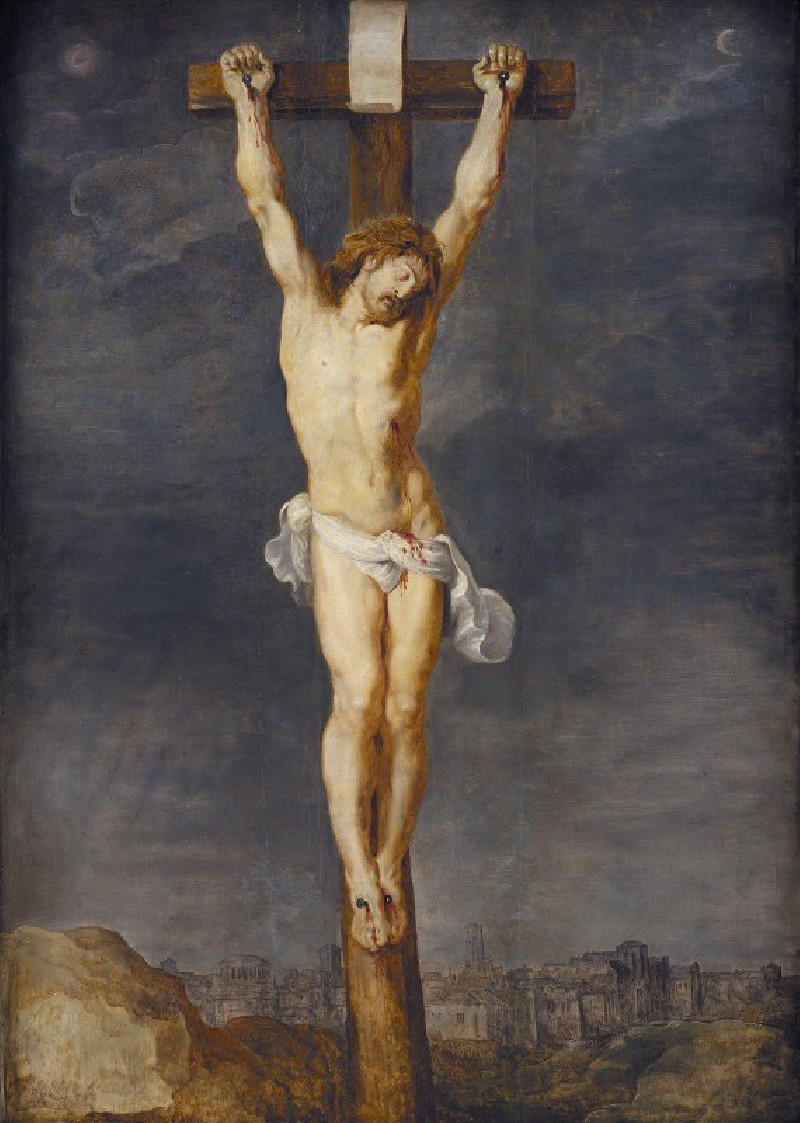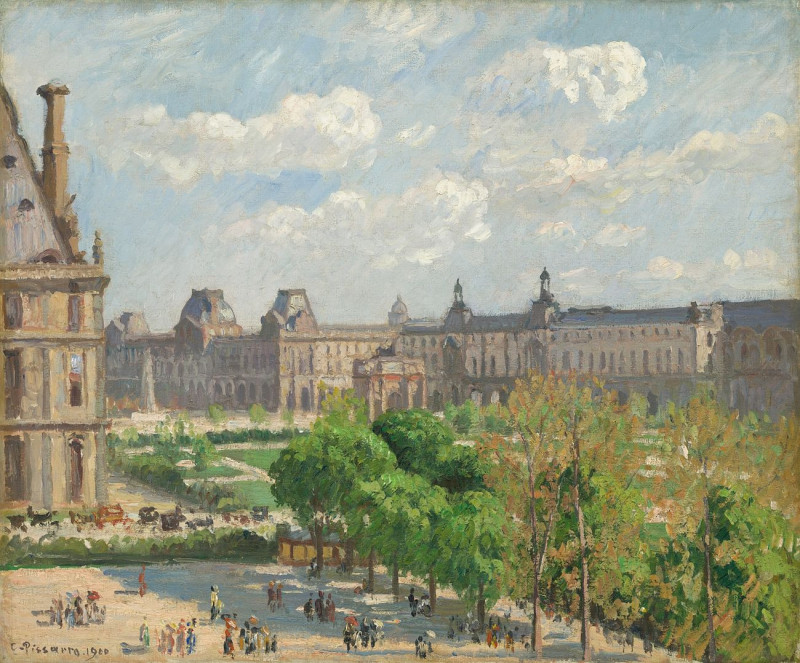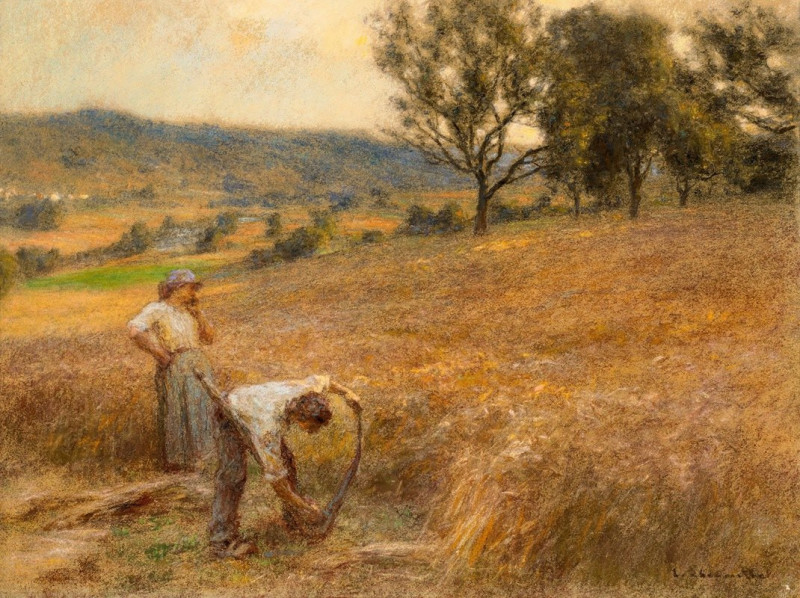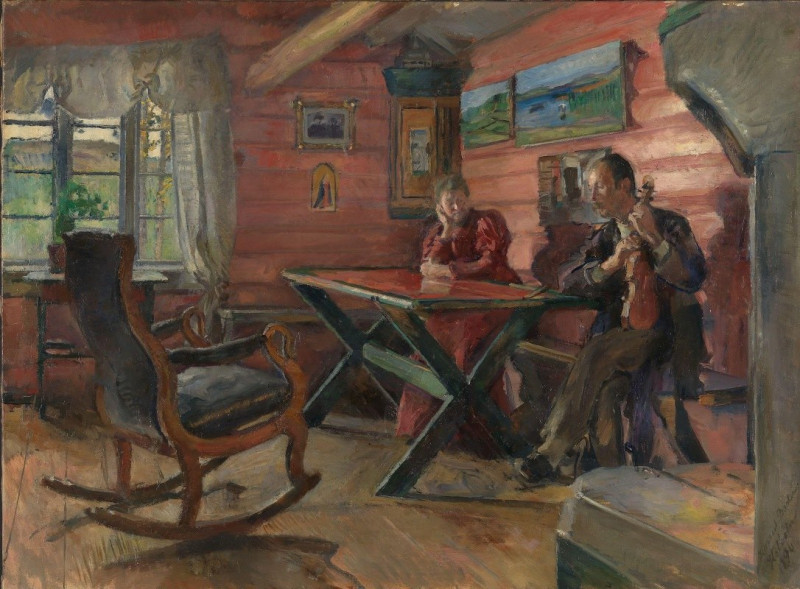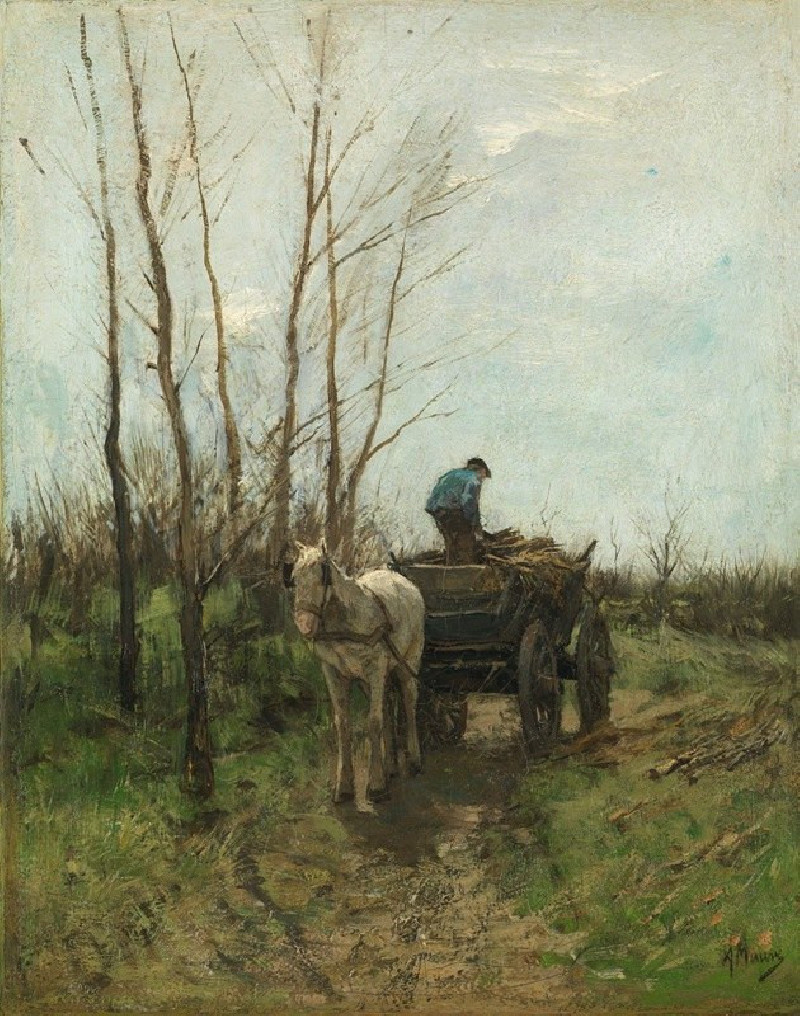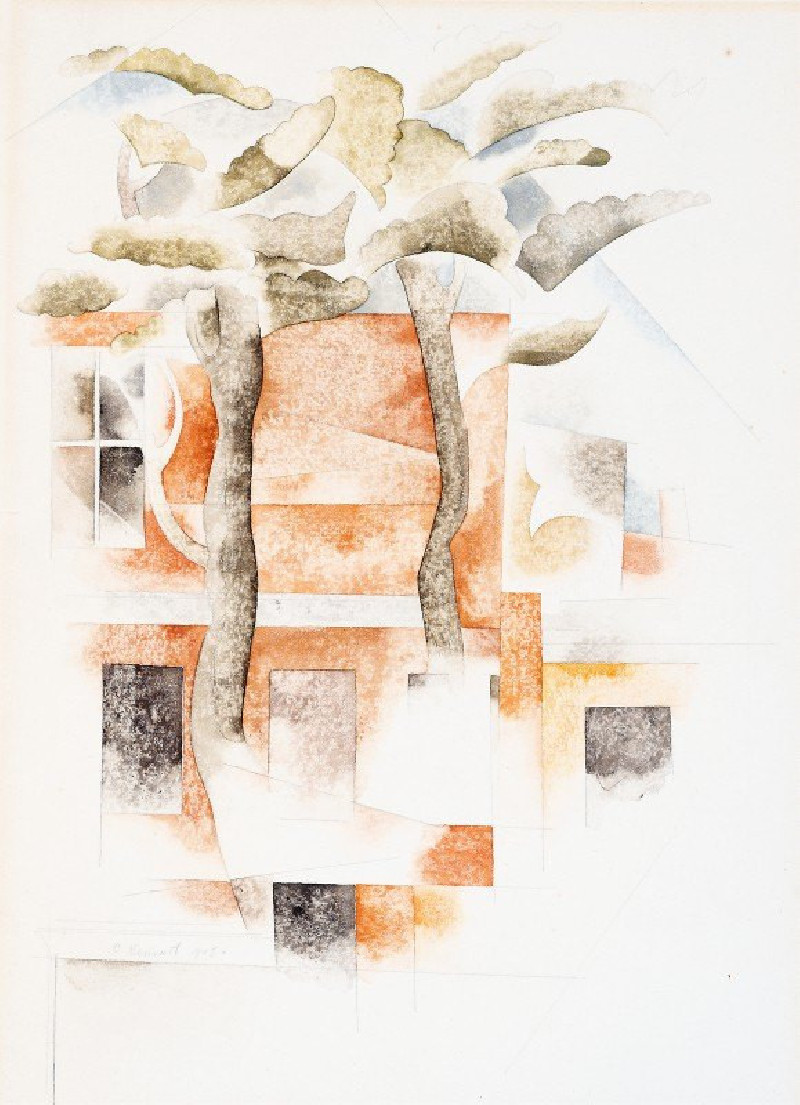Women in the Bath (1917)
Technique: Giclée quality print
Recommended by our customers
More about this artwork
"Women in the Bath" by Edvard Munch, painted in 1917, is a fascinating depiction that presents an ethereal, almost dream-like portrayal of women engaging in the intimate act of bathing. This painting is characterized by its fluid, expressive brushstrokes and a soft, pastel color palette that blends pinks, greens, and oranges, creating a tranquil yet vibrant scene.In the composition, multiple figures can be identified, their forms abstracted and overlapping, which adds to the sense of movement and fluidity in the artwork. The faces and bodies of these women are rendered with Munch's typical expressive style, capturing emotion more so than physical realism. Each figure is intertwined with another, symbolically reflecting perhaps the closeness or the communal aspect of the bathing ritual.The use of light and shadow, along with the sweeping, loose brushstrokes, allows the figures to emerge from and recede into the background, giving the painting a dynamic feel as if the scene is unfolding before us. The foreground prominently features a figure with a serene expression, her gaze almost inviting the viewer into this private yet universal moment.Munch's work often explores themes of life, death, fear, and love, and this painting, with its intimate and peaceful portrayal, evokes a sense of vulnerability and the beauty of serene, everyday moments. This painting might also reflect some of the psychological themes typical of Munch's work, capturing deeper emotions under the surface of this seemingly simple scene.
Delivery
Returns
Edvard Munch (12 December 1863 – 23 January 1944) was a Norwegian painter. His best known work, The Scream (1893), has become one of Western art's most iconic images.
His childhood was overshadowed by illness, bereavement and the dread of inheriting a mental condition that ran in the family. Studying at the Royal School of Art and Design in Kristiania (today's Oslo), Munch began to live a bohemian life under the influence of the nihilist Hans Jæger, who urged him to paint his own emotional and psychological state ('soul painting'); from this emerged his distinctive style.

